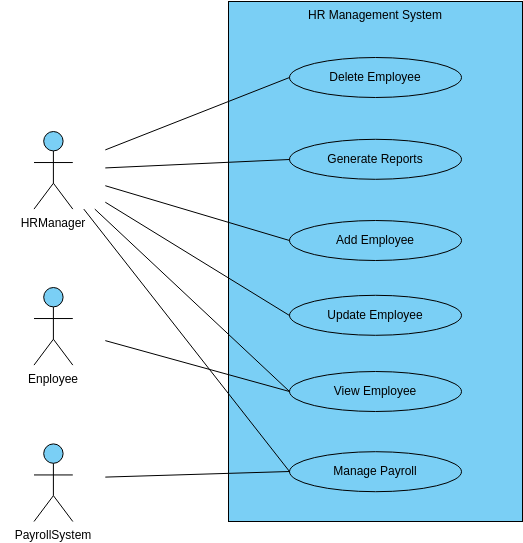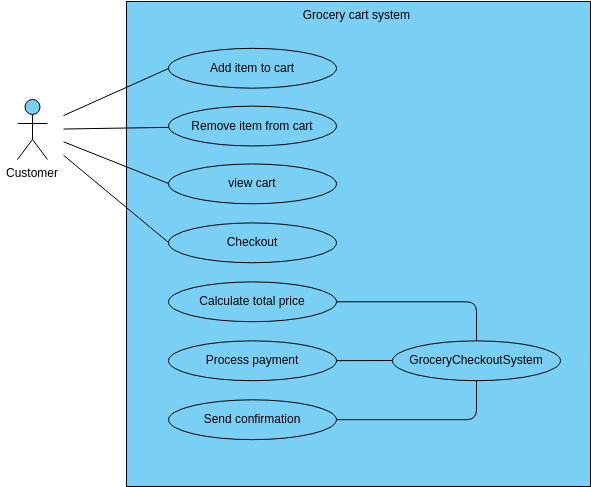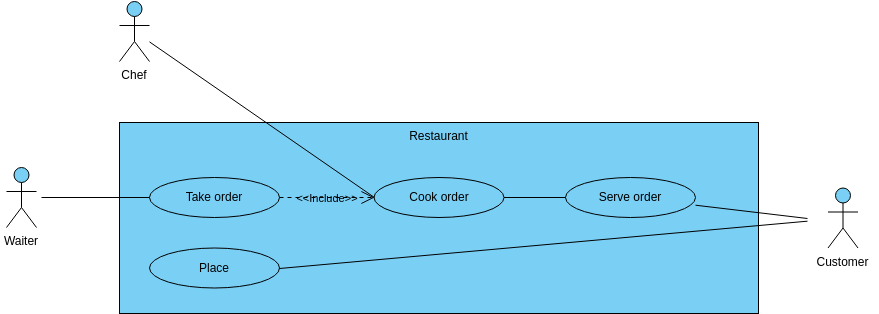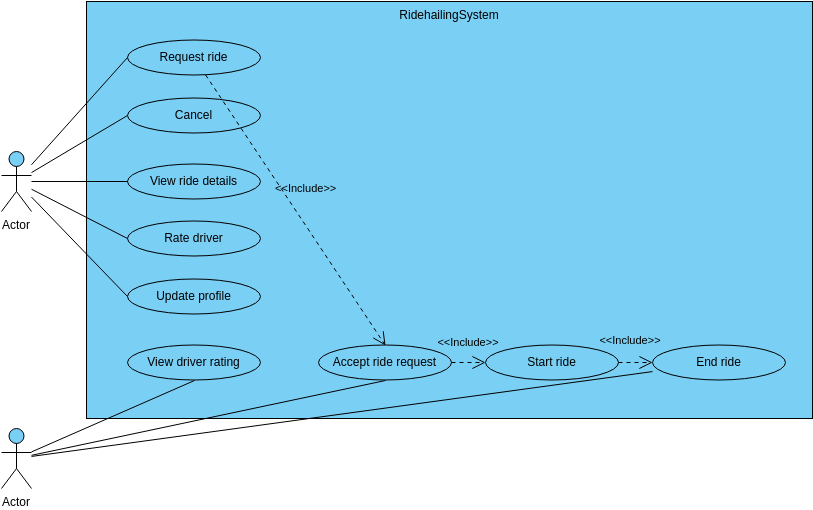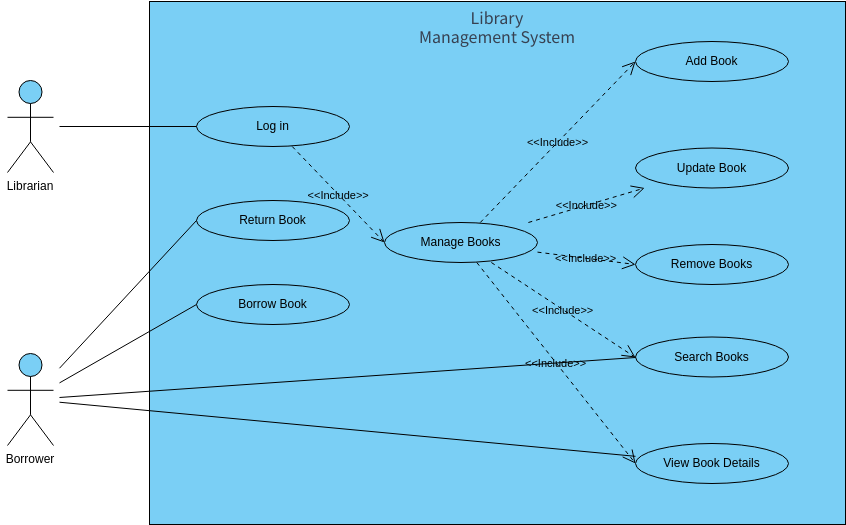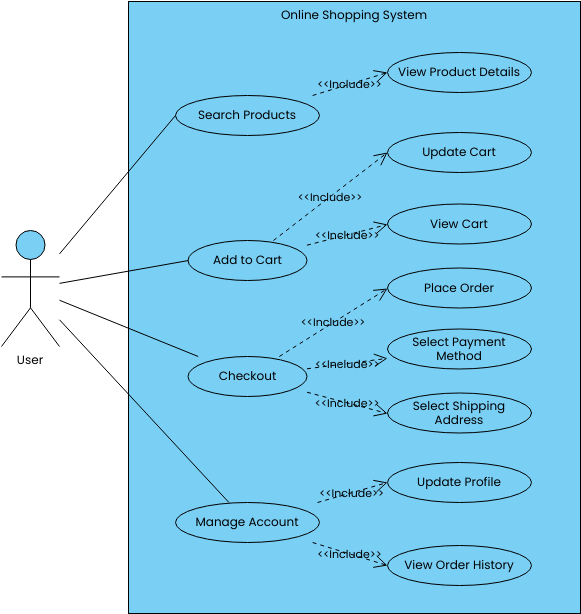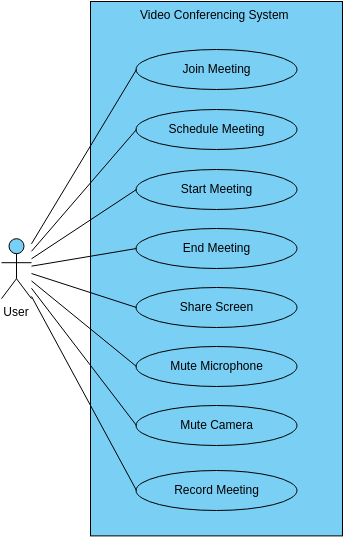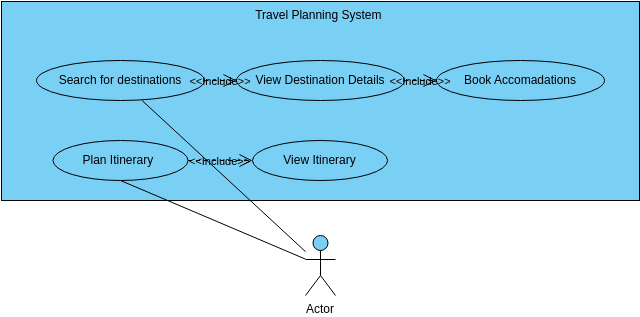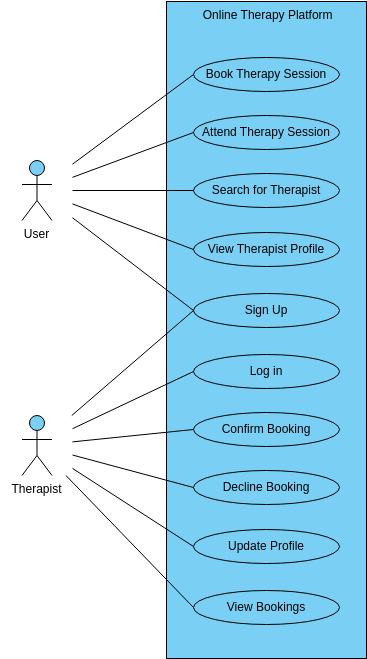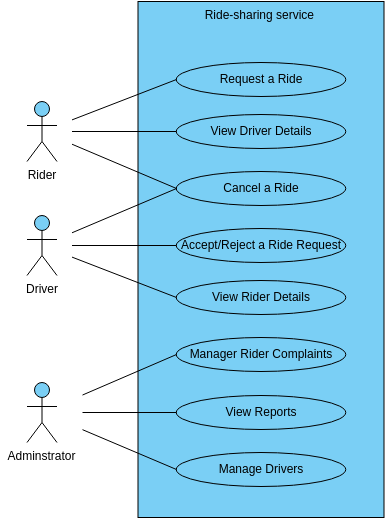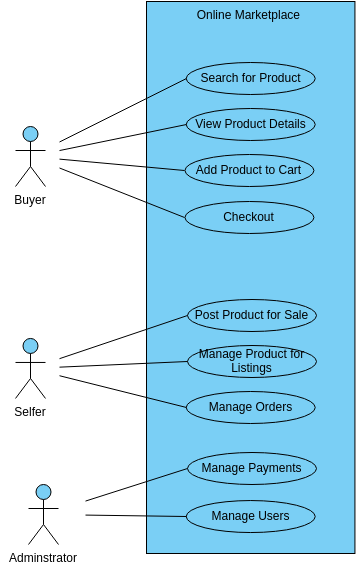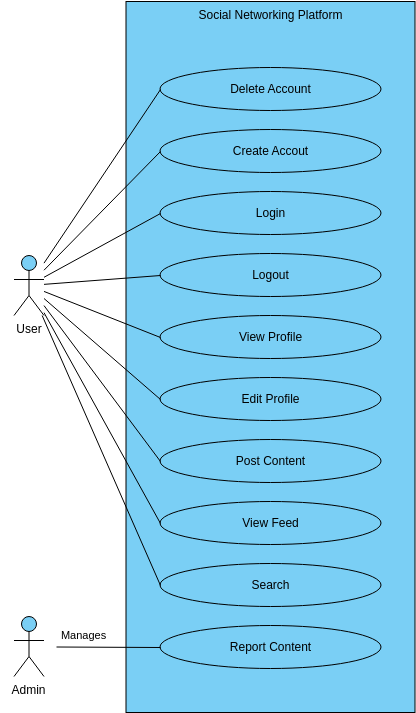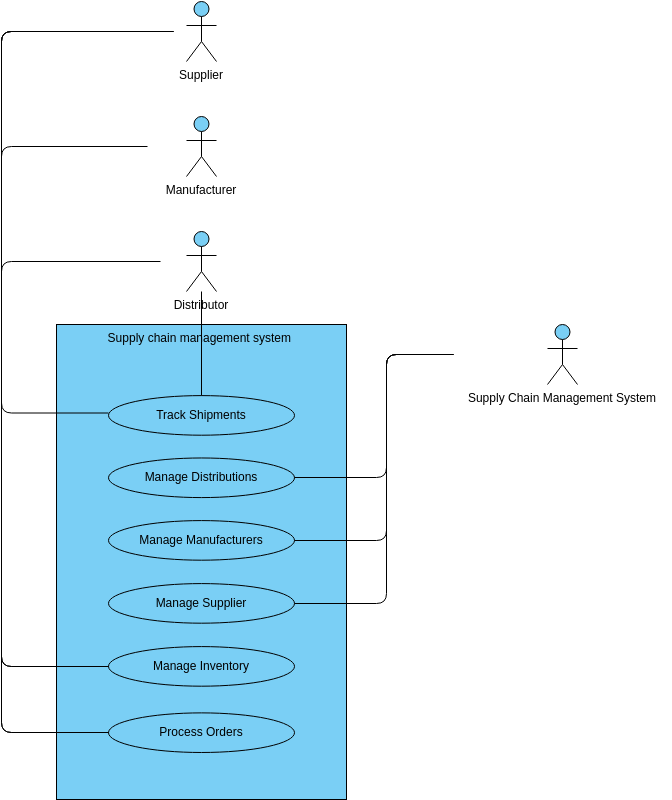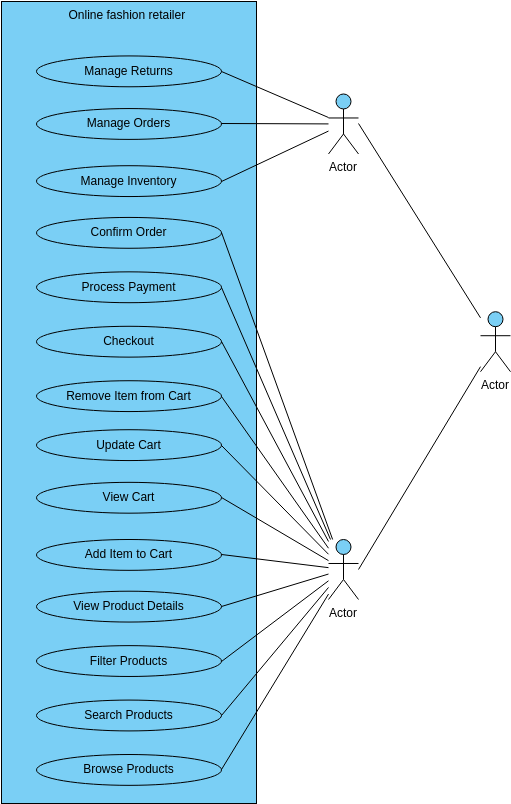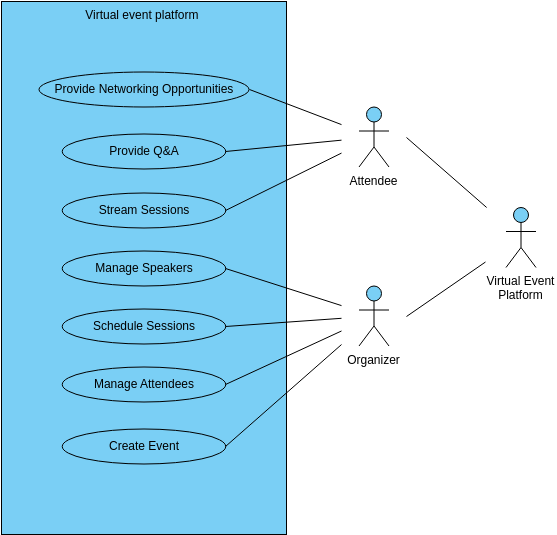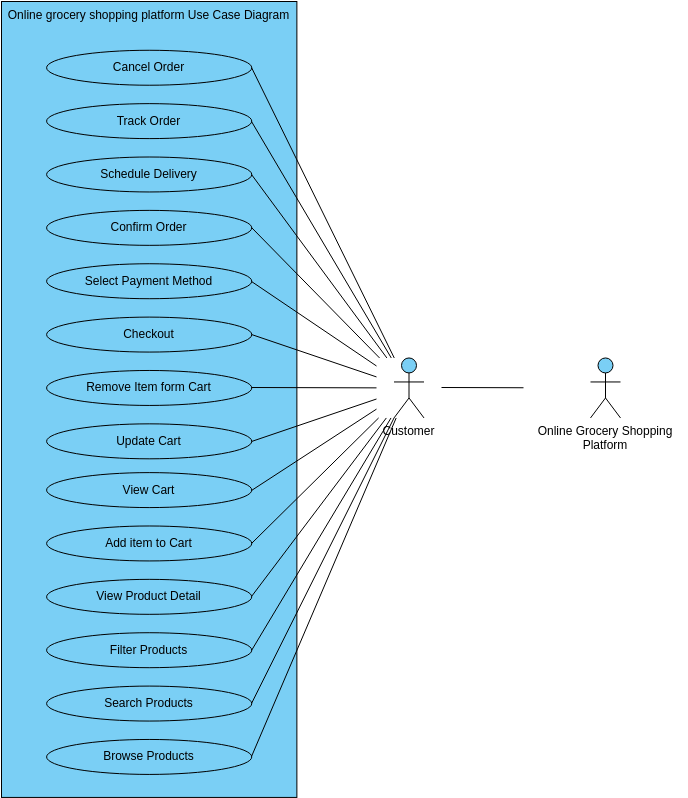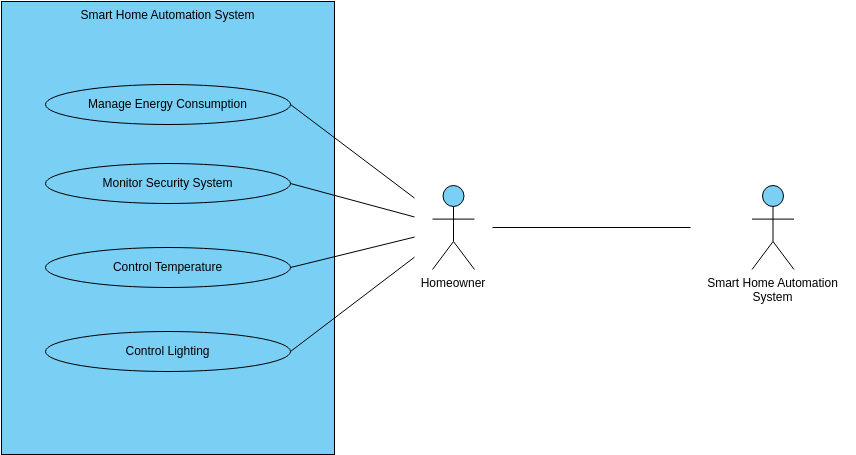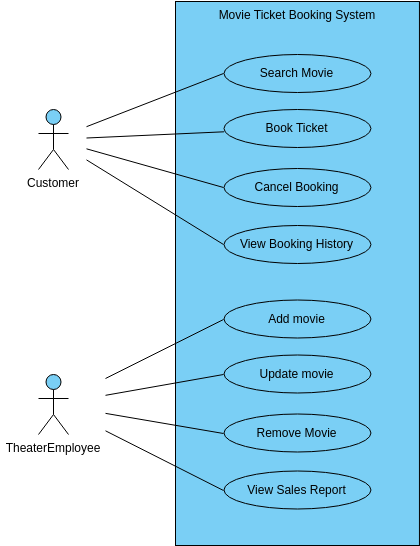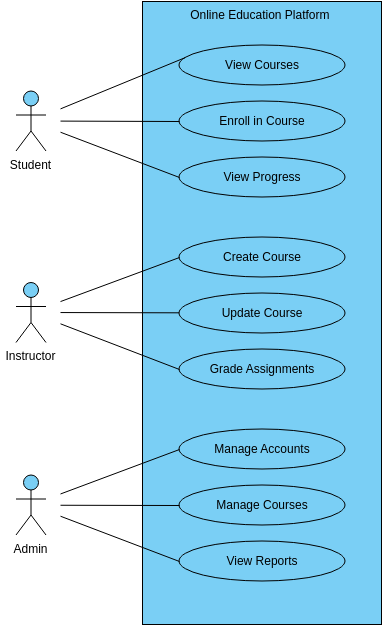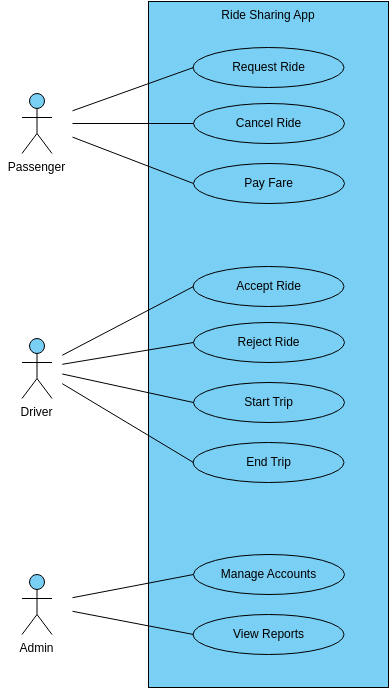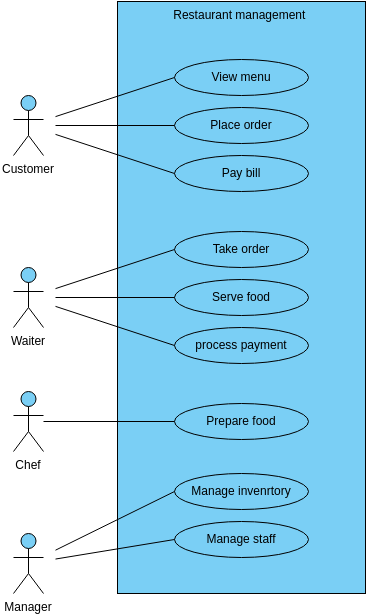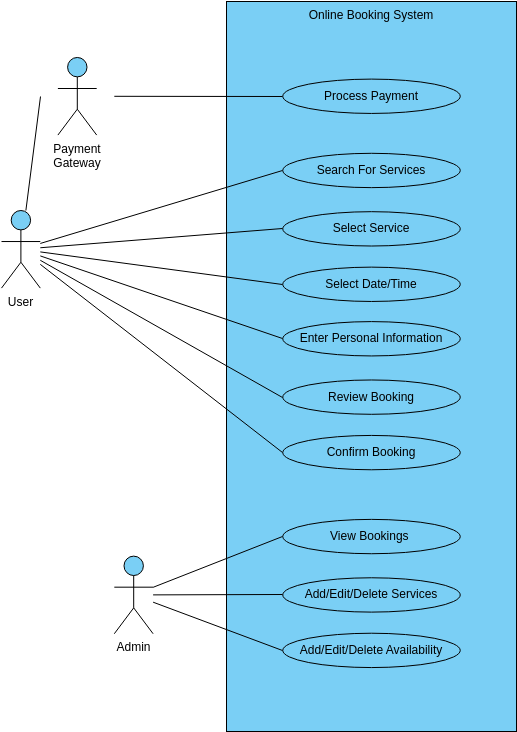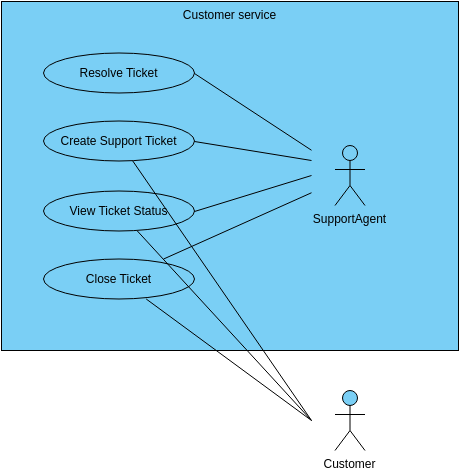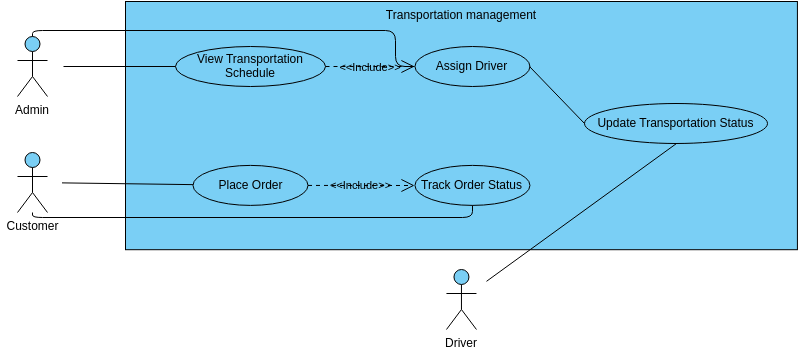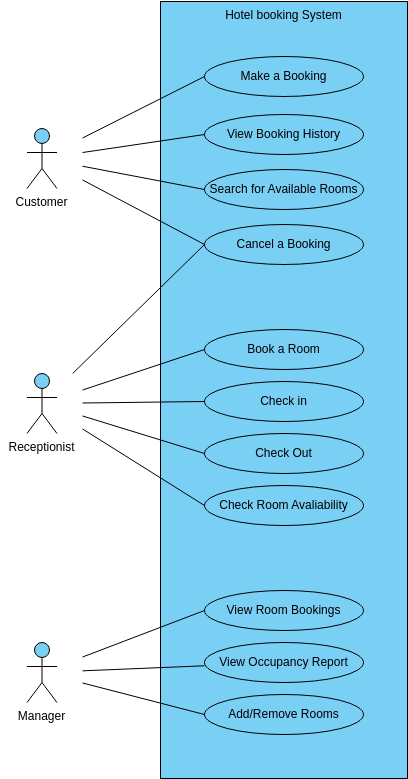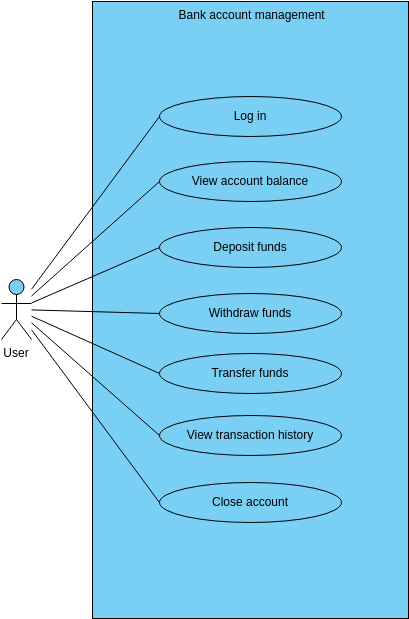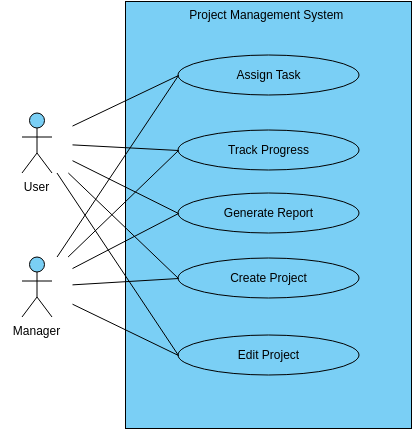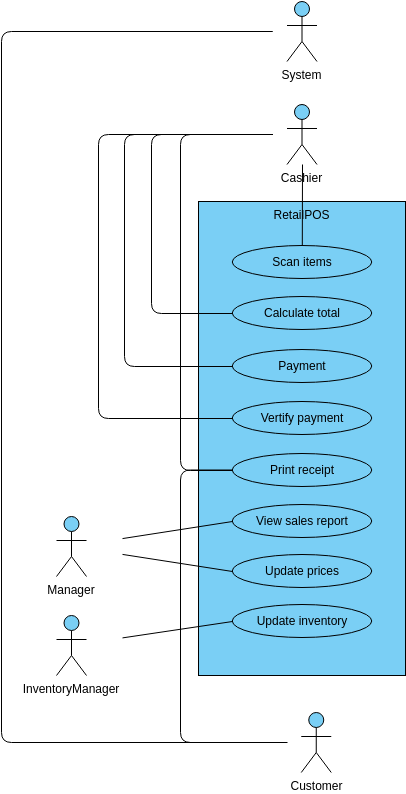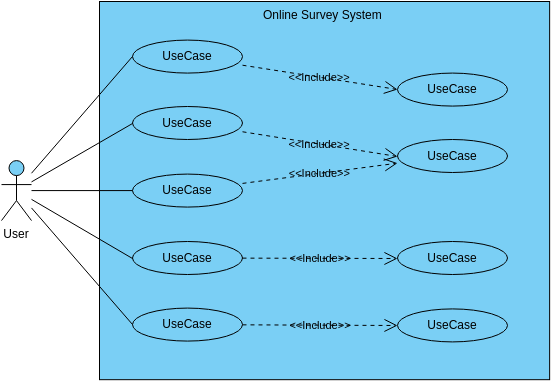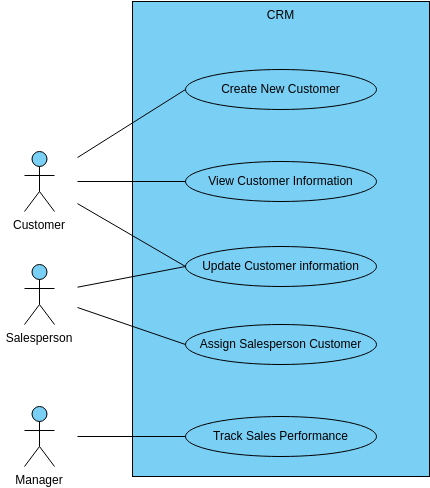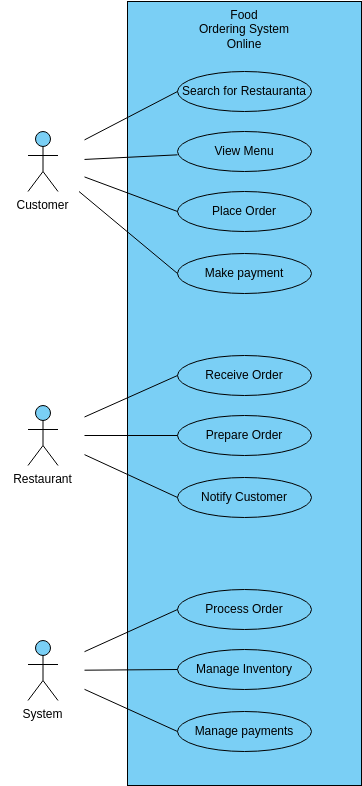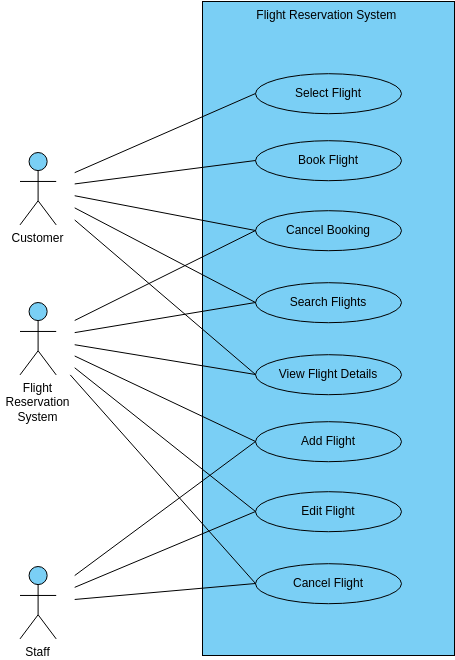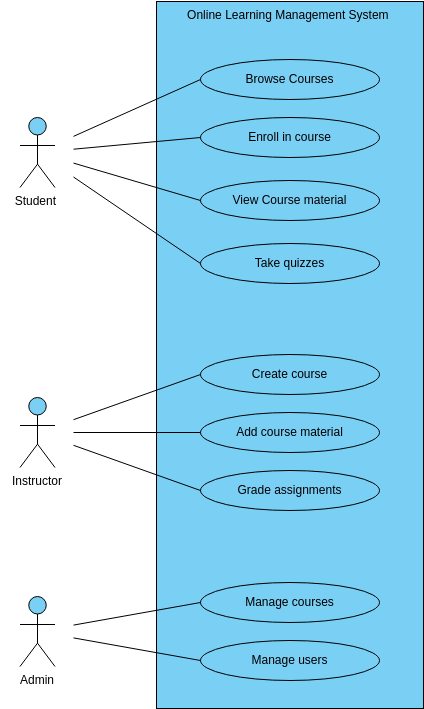HR Management System
A Human Resources (HR) Management System is a software application designed to help organizations manage and streamline various HR-related activities. The system typically includes features such as employee record management, payroll processing, benefits administration, and performance management. The HR Management System use case diagram outlines the various tasks that can be performed within the system.
One of the key functionalities of the HR Management System is the ability to add and update employee information. This includes adding new employees to the system, updating existing employee records, and managing employee details such as job titles, departments, and contact information. The Add Employee and Update Employee use cases allow HR administrators to easily manage employee data and ensure that all employee records are accurate and up to date.
Another important aspect of the HR Management System is the ability to view and manage employee information. The View Employee use case allows HR administrators to access employee records and view details such as employee contact information, job history, and performance reviews. This information can be used to make informed decisions around promotions, salary increases, and other HR-related activities. Additionally, the Manage Payroll use case enables HR administrators to process payroll for all employees, ensuring that they are paid accurately and on time.
The HR Management System also includes a Generate Reports use case, which allows HR administrators to create reports on various HR-related metrics such as employee turnover, performance, and compensation. These reports can be used to identify trends and areas for improvement within the organization, and can help inform HR-related decision making.
Benefits of creating this use case diagram
Creating a use case diagram for an HR Management System can provide several benefits. First, it helps to clarify the system's functionality and how it can be used to support HR-related activities within the organization. By mapping out the various use cases, stakeholders can gain a better understanding of how the system works and how it can be leveraged to improve HR processes.
Second, the use case diagram can serve as a valuable communication tool between stakeholders, including HR administrators, developers, and end-users. It can help ensure that everyone involved in the system's development and implementation is on the same page and has a shared understanding of the system's purpose and functionality. This can help prevent misunderstandings and ensure that the system meets the organization's needs.
Overall, a use case diagram can be a useful tool for planning and designing an HR Management System, helping to ensure that the system is aligned with the organization's goals and needs, and that it is capable of supporting various HR-related activities. It can also help to facilitate communication and collaboration between stakeholders, improving the chances of a successful implementation and adoption of the system.
Searching for some use case templates? Go to Visual Paradigm Online and select some designs for customization now!
